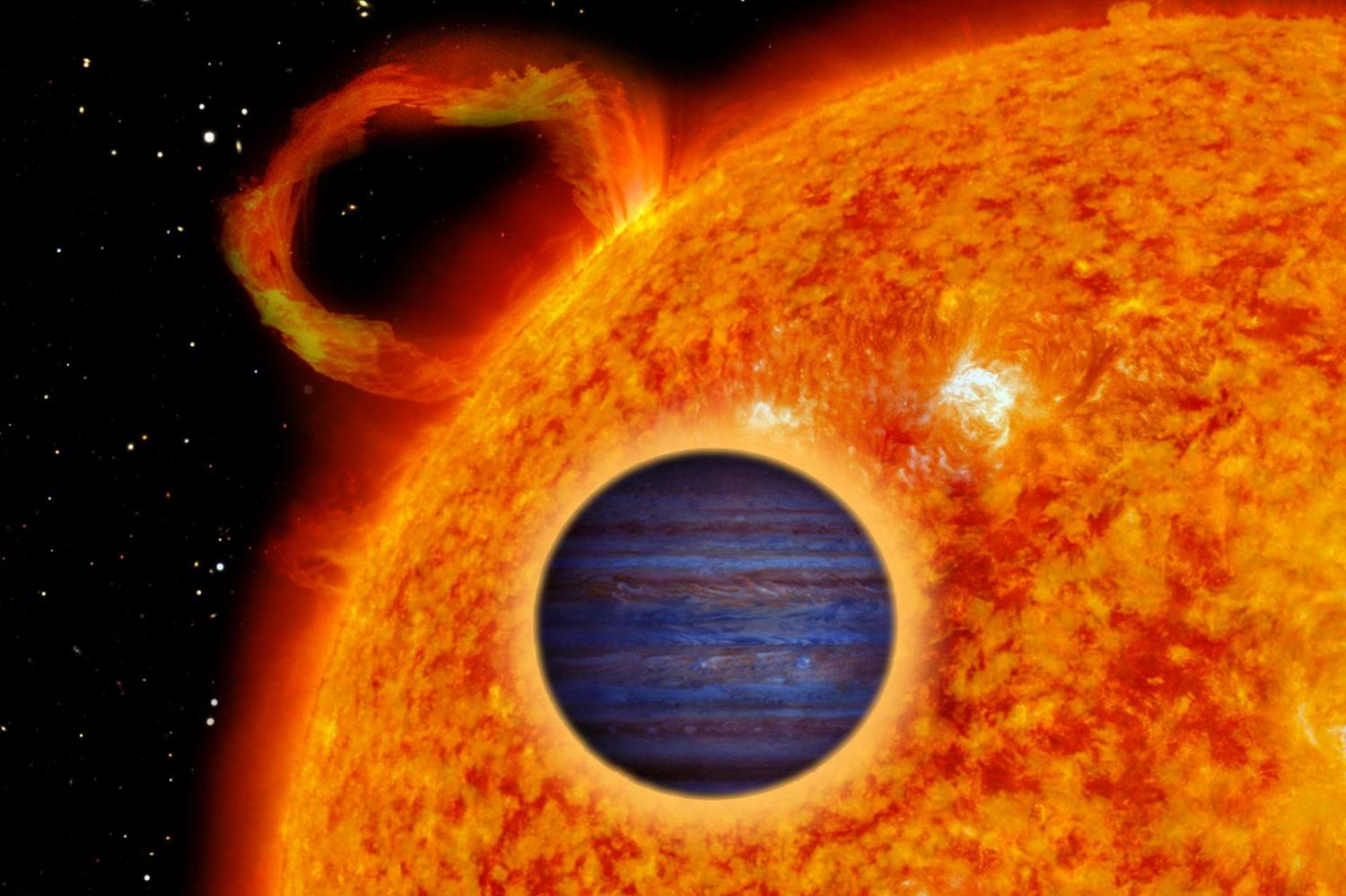
An international team of astronomers identified two new “hot Jupiters” exoplanets using NASA’s Transiting Exoplanet Survey Satellite (TESS). The recently discovered alien worlds TOI-4377 b and TOI-4551 b are both orbiting distant red-giant stars. On November 8, the discoveries were published in the Monthly Notices of the Royal Astronomical Society. TESS, which was launched in April 2018, has been surveying approximately 200,000 of the brightest stars in the solar system. The survey’s goal is to find transiting exoplanets, which can range from small, rocky worlds to gaseous giants.
To date, it has discovered over 7,000 candidate exoplanets (TESS Objects of Interest, or TOI), of which 402 have been confirmed. A team of astronomers led by Filipe Pereira of the University of Porto, Portugal, confirmed the discovery of two more TOIs using TESS. They discovered a transit signal in the light curves of two red-giant stars, TOI-4377 and TOI-4551, which are 1,486 and 704 light years distant, respectively. In follow-up radial velocity observations, with the use of ground-based telescopes, the astronomers verified the planetary nature of these signals. “The planets were found during a search for transits around bright, low-luminosity red-giant branch stars observed by TESS in the southern ecliptic hemisphere,” the researchers said in the paper.
All in all, the two newly confirmed planets enrich the existing population of known hot Jupiters orbiting evolved hosts
TOI-4377 b has a radius of about 1.35 Jupiter radii and a mass of roughly 0.96 Jupiter masses. The planet has been detected to orbit its host every 4.38 days at a distance of 0.058 AU, and its equilibrium temperature has been determined. TOI-4551 b’s radius is approximately 6% greater than Jupiter’s, and its mass is nearly 1.49 Jupiter masses. TOI-4551 b has an orbital period of roughly 10 days, according to measurements. TOI-4377 b has a radius of about 1.35 Jupiter radii and a mass of roughly 0.96 Jupiter masses. The planet has been detected to orbit its host every 4.38 days at a distance of 0.058 AU, and its equilibrium temperature has been determined.
“All in all, the two newly confirmed planets enrich the existing population of known hot Jupiters orbiting evolved hosts. They should prove particularly relevant to demographic studies of short-period giant planets around red giant stars, where only a handful of planets are known,” explained the researchers.
